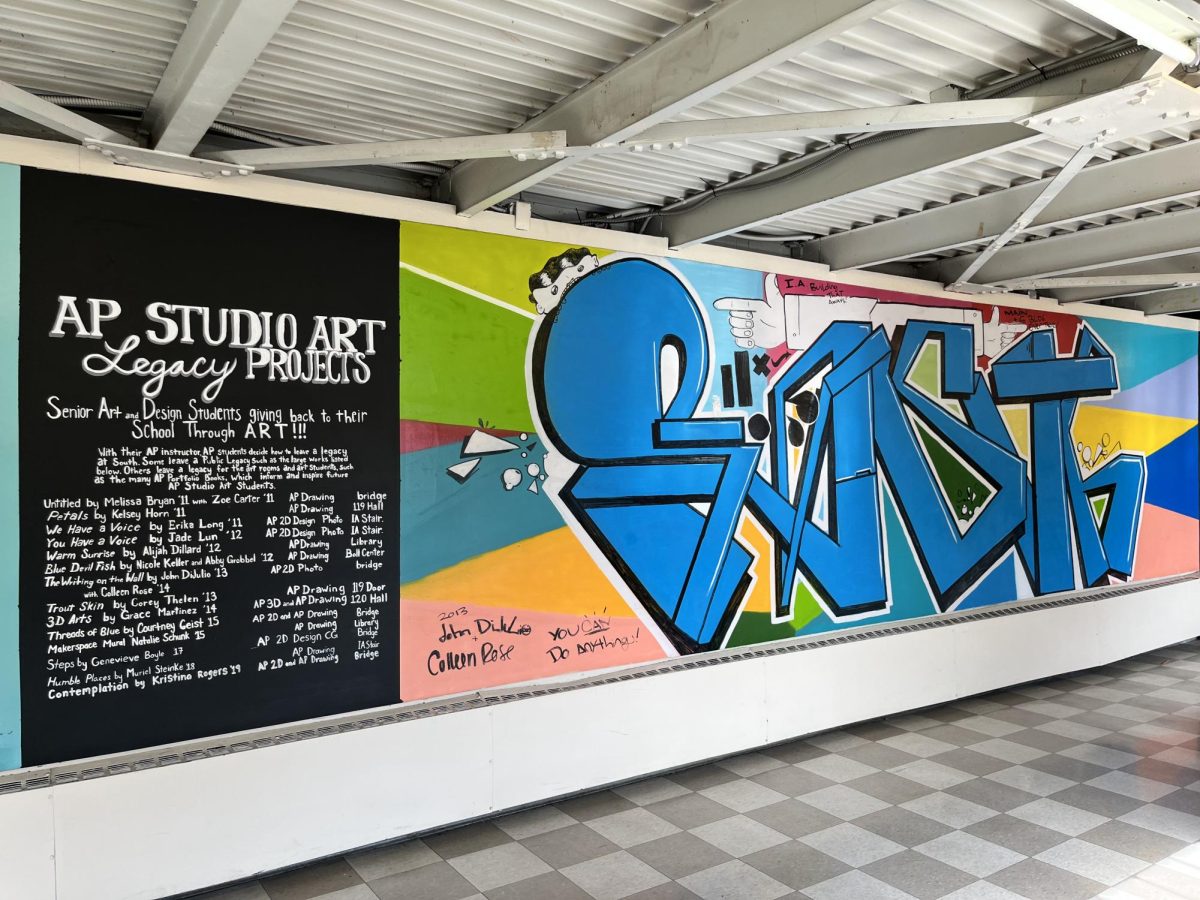By Blair Cullen ’18 | Staff Writer
Bra strap showing? How scandalous.
Three-finger-thick tank top? That’s more like it.
Ah, the dreaded dress code made its infamous return this fall. While some of the things in the dress code are left unthought of by teachers, students can all but forget about the horrors of being “coded”.
Let’s dissect the classic ripped jeans.
They’re a trendy clothing staple that many high school kids have in their closet. Most pairs could hardly be considered inappropriate and are merely personal expression. Distressed clothing has been popular for years, so why does the shock factor remain? I’d prefer teachers and administrators pay more attention to their classes rather than my skin and stop wasting time on “infractions” that don’t really bother or distract anyone.
The topic arose again in an announcement on the first day of school, leaving many students feeling surprised, because although the dress code hasn’t changed on paper, the way it’s been enforced has.
One of the many things left unconsidered is the height of students. Fingertip length inseams don’t work for taller girls, myself included. I should be able to wear what 5’2” girls can get away with. Just because I’m 5 foot 1 with long arms doesn’t mean I should be at a higher risk for being dress coded. With my arms, the shorts would have to be bermudas to fit the dress code. Honestly, the only rule regarding my shorts that I care about is my parents’ approval.
However, according to Principal Moussa Hamka, there’s a new committee called Positive Behavior Intervention Support (PBIS). It is comprised of teachers and administrators in order to clarify dress code expectations at South and revisit the regulations every year.
While it’s great that dress code is evaluated every year, is it it really fair to have teachers and administration decide every year what is and isn’t OK for students, specifically girls, to wear? If PBIS had students on the committee too, it could change how the rest of the student body saw the dress code, and maybe in a better light. If for example a student like myself was added we would be able to consider things that the administration hadn’t even thought about; after all, they’re not living in a teenage body.
According to Hamka, most of the students he has to pull aside in the hall for something they’re wearing start off by saying, “I know,” and end with, “I brought a change of clothes.”
If I think I’m going to get dress-coded to the point where I have to bring an extra pair of clothes, is it really worth it to wear? Actually, I think so. The way students dress is a means to express individuality, and that’s something worth stretching the dress code for. After all, if I’m dress-coded, it’s better to have a change of clothes rather than risk the four-year-old unity t-shirts and old gym-shorts.










































































